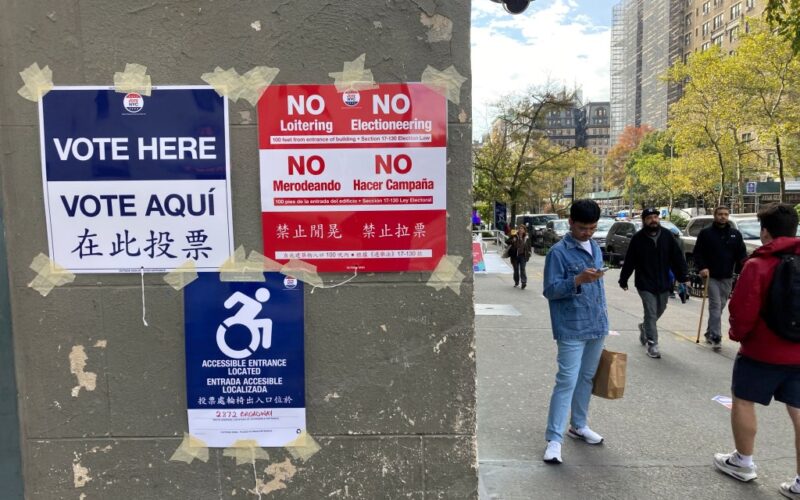The New York City mayor’s race has captured the country’s attention. But while many are focused on what it might mean for the future of the Democratic Party, or how President Trump will handle the nation’s largest city, they are missing a key lesson.
Ranked choice voting would make things better.
In June’s Democratic mayoral primary, a previously unknown state assemblyman and democratic socialist, Zohran Mamdani, beat former Gov. Andrew Cuomo in a surprise upset.
That race used ranked choice voting. Each voter could rank up to five candidates, and if a voter’s top choice received too few votes to be competitive, their support would transfer to the next candidate on their list. Before the primary, pundits expressed frustration over the voting system, echoing prior critiques. It’s too wonky! It’s too complicated for voters! Too many candidates stay in the race! Why can’t things be simpler?
But this general election, which does not use ranked choice voting, is anything but simple.
Mamdani is the strong front runner. Polls have him hovering around 45%, well ahead of Cuomo. But despite Mamdani’s likely victory — a prominent betting market puts his odds at nearly 90% — those polls mean about half the electorate does not want him to become mayor.
Cuomo and Republican nominee Curtis Sliwa are both substantially less progressive than Mamdani. In polls excluding current Mayor Adams — who dropped out of the race last month — they collectively have around 45% support. Polls also suggest that if Mamdani and Cuomo were the only two options, the race would be a toss-up.
This dynamic has led powerbrokers, including motivated billionaires and Trump, to pressure Sliwa to drop out of the race to clear a path for Cuomo. Before Adams exited, Trump had reportedly considered offering him a job in the administration to get him to drop out (a move that Mamdani called an “affront to our democracy”).
What would eliminate this unnecessary drama? Ranked choice voting.
That voting system would allow a head-to-head match-up between Cuomo and Mamdani to play out organically as other candidates were eliminated for not having enough support.
So instead of pressuring each other to exit, candidates could spend their time making their case about why their vision for the city is the right one. Instead of worrying about these backroom deals, voters could focus on who is best fit to serve.
Sure, ranked choice voting can feel more complicated than traditional voting rules: ranking up to five names does seem harder than picking one. And in elections with many candidates, it does require some strategizing (as I have written in the Daily News, voters should rank preferences honestly but also include at least one front-runner on their list).
But while ranked choice voting might seem more complicated for voters, it is often much simpler. In elections with six or fewer candidates, voters with five ranks can simply rank the candidates in their true order of preference.
Without ranked choice voting, New Yorkers who want Sliwa to win — but who also don’t want a democratic socialist to become mayor — must make a strategic decision. They must decide whether to support their favored candidate or instead vote for Cuomo, who seems to have a better, if still narrow, chance of beating Mamdani.
This strategic decision might sound familiar: it’s the same one regularly faced by voters who support a third-party candidate in our two-party system and whose jurisdictions do not use ranked choice voting.
Compared to having to make this type of choice, honestly ranking candidates on your ballot seems much simpler.
And ranked choice voting has other upsides. A major one is that it encourages voters to consider more candidates, allowing diverse viewpoints to be surfaced. We saw this play out in the June primary. Because voters had the option to rank, they were interested in learning about candidates — like Mamdani — who were previously unknown. Voters had a reason to give Mamdani a careful look, and many Democrats liked what they saw.
This New York mayoral election — with ranked choice voting in the primary and without it in the general — has shown that this newer set of voting rules has major advantages in letting voters’ voices be heard.
Sure, ranked choice voting requires us to fill in more bubbles, but it gives more control to us and less to the political power brokers who would otherwise mold the ballots on which we can only fill in one.
Kessler is the Howard Marks Endowed Professor at the Wharton School of the University of Pennsylvania and the author of “Lucky by Design: The Hidden Economics You Need to Get More of What You Want” which will be released on Oct. 14 by Little, Brown Spark.








